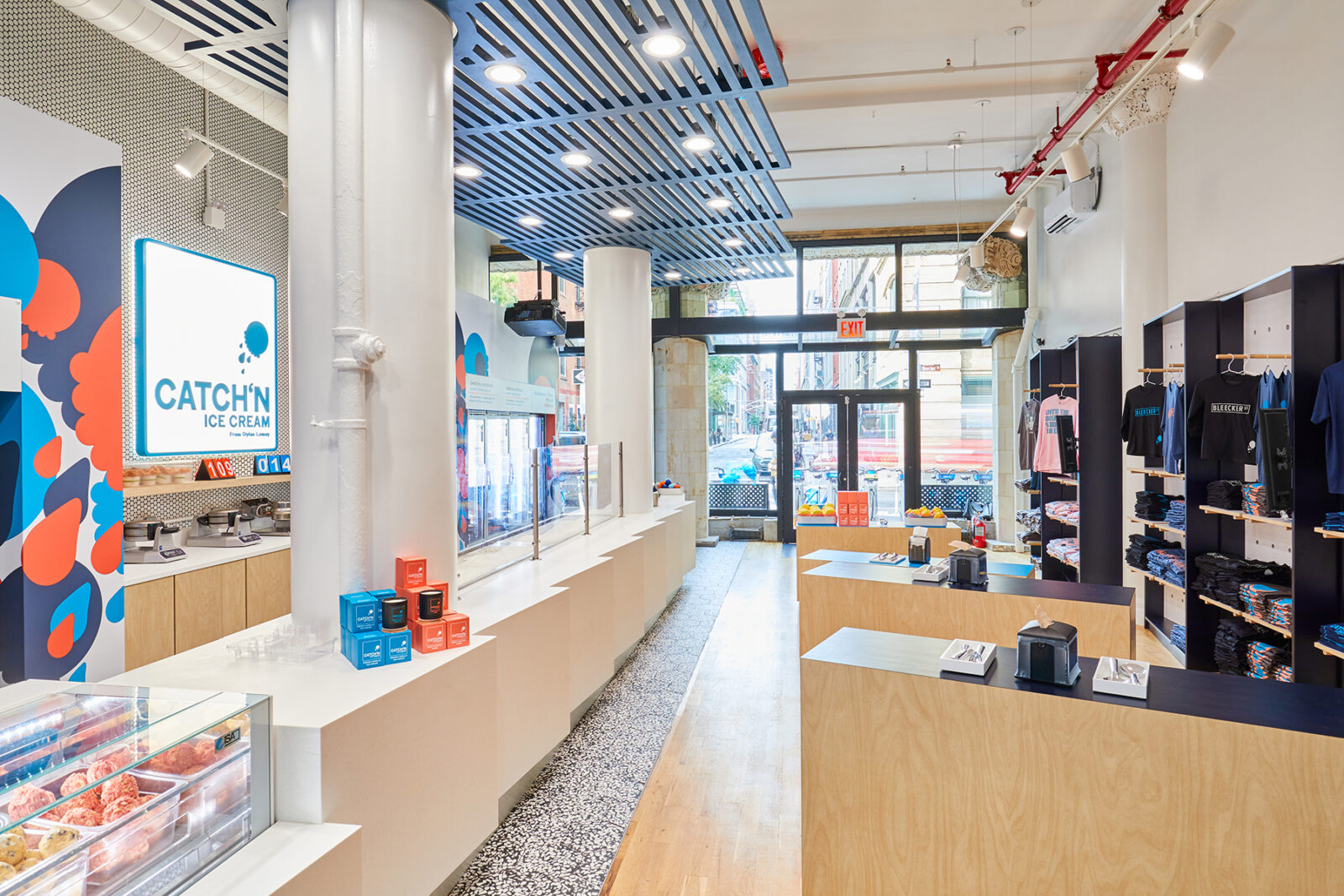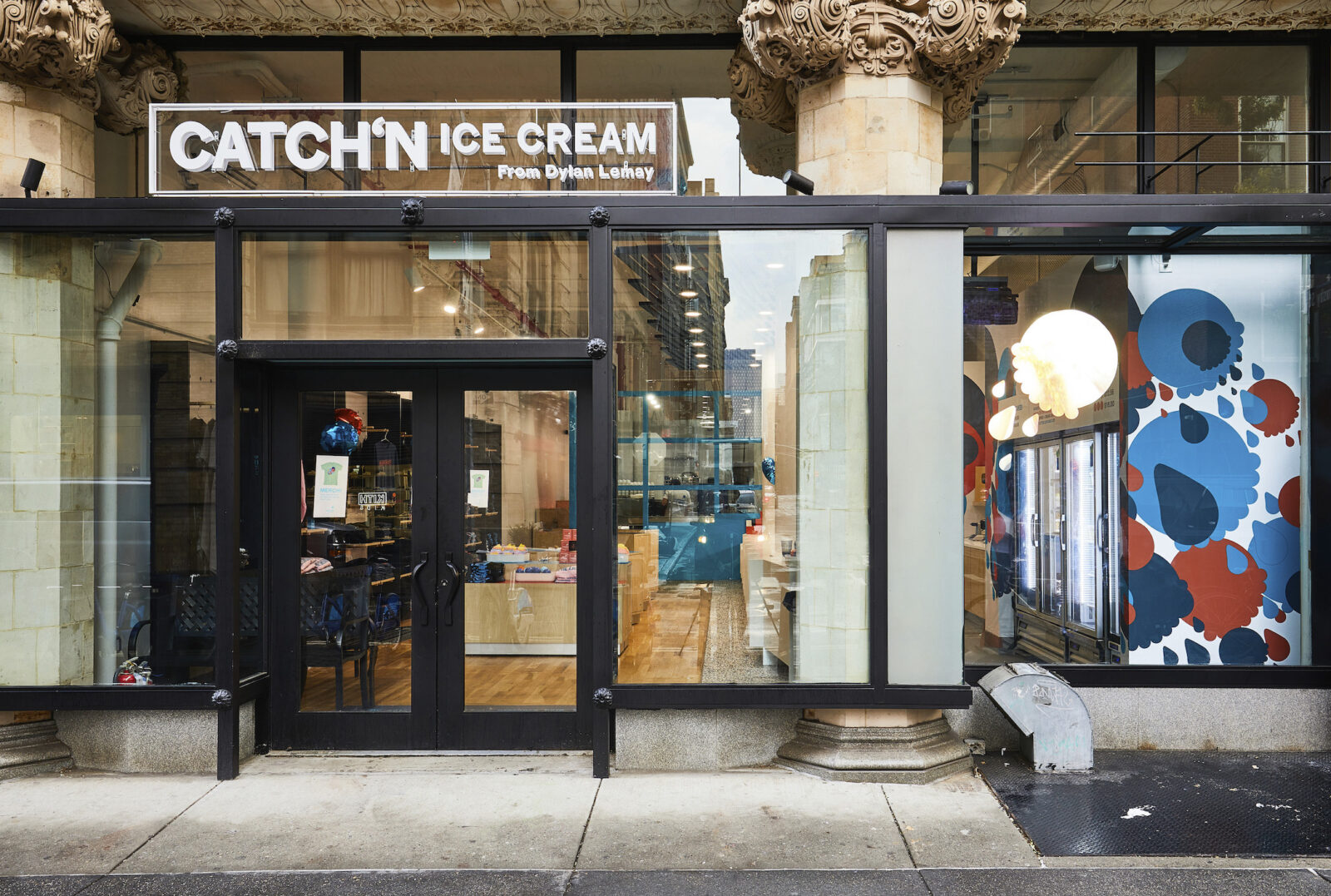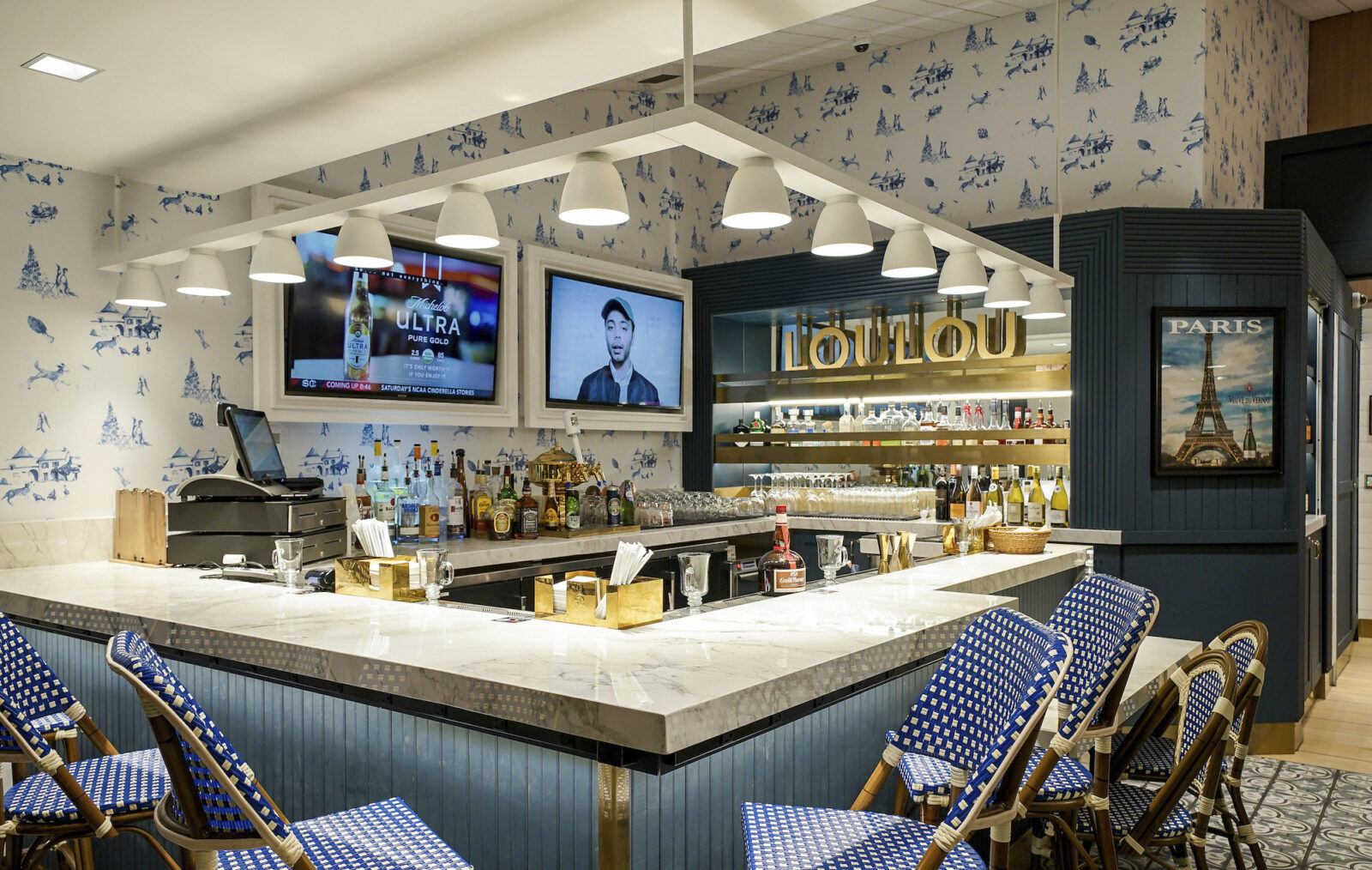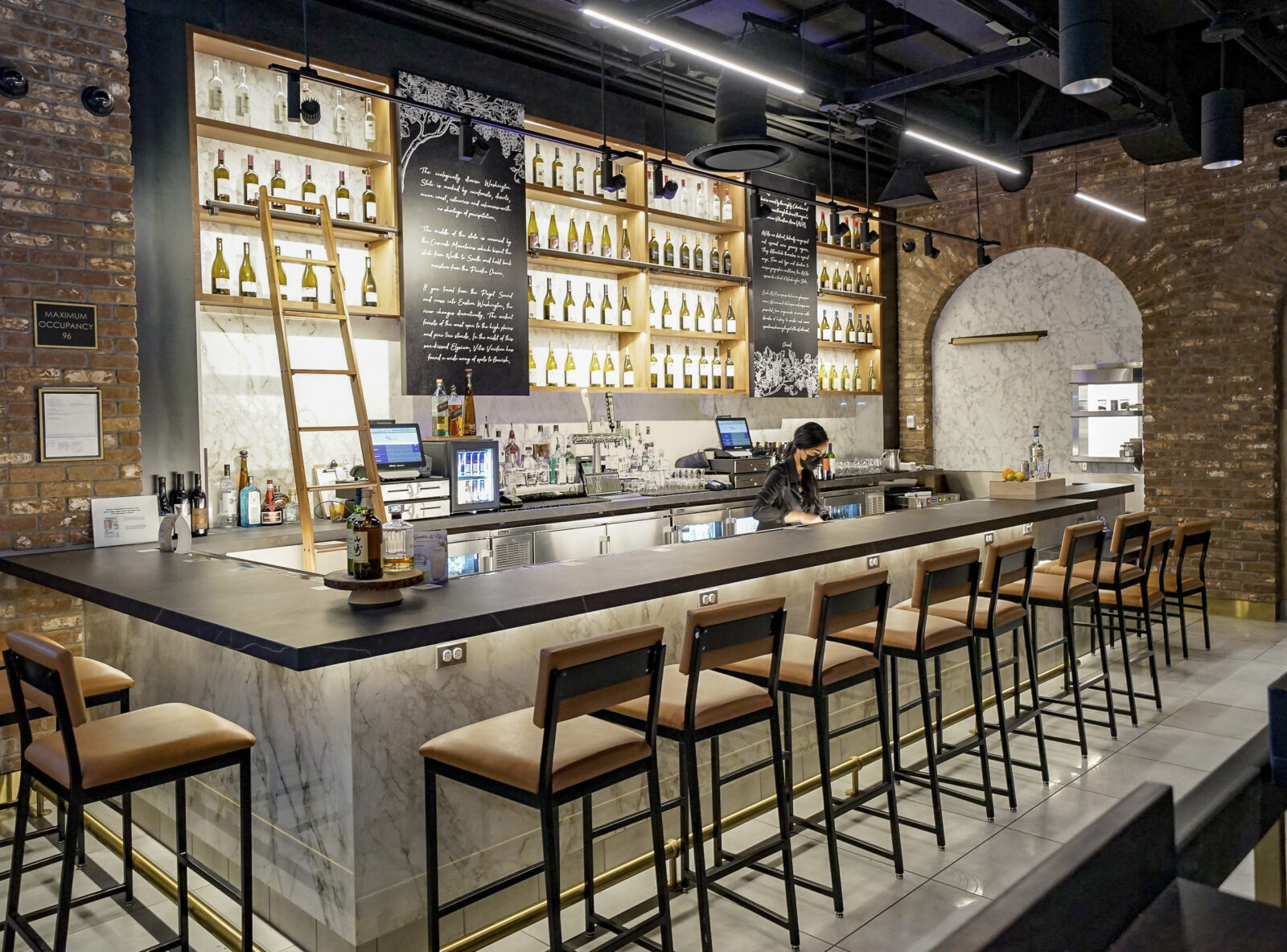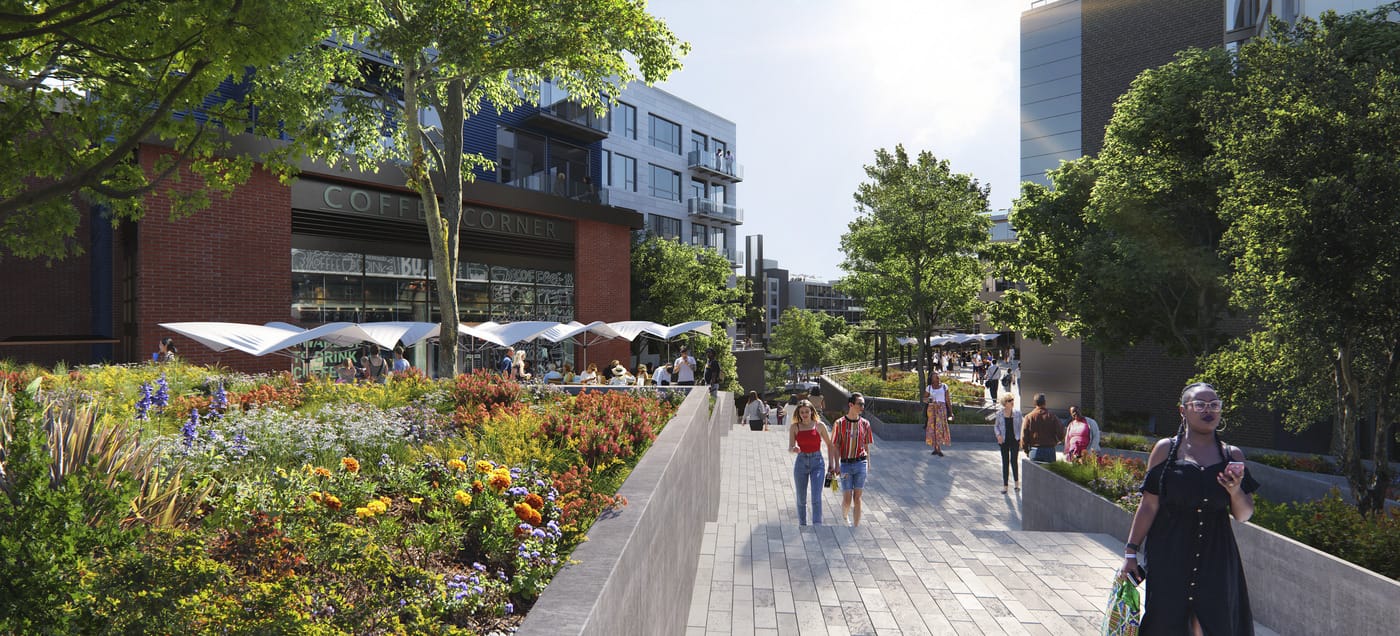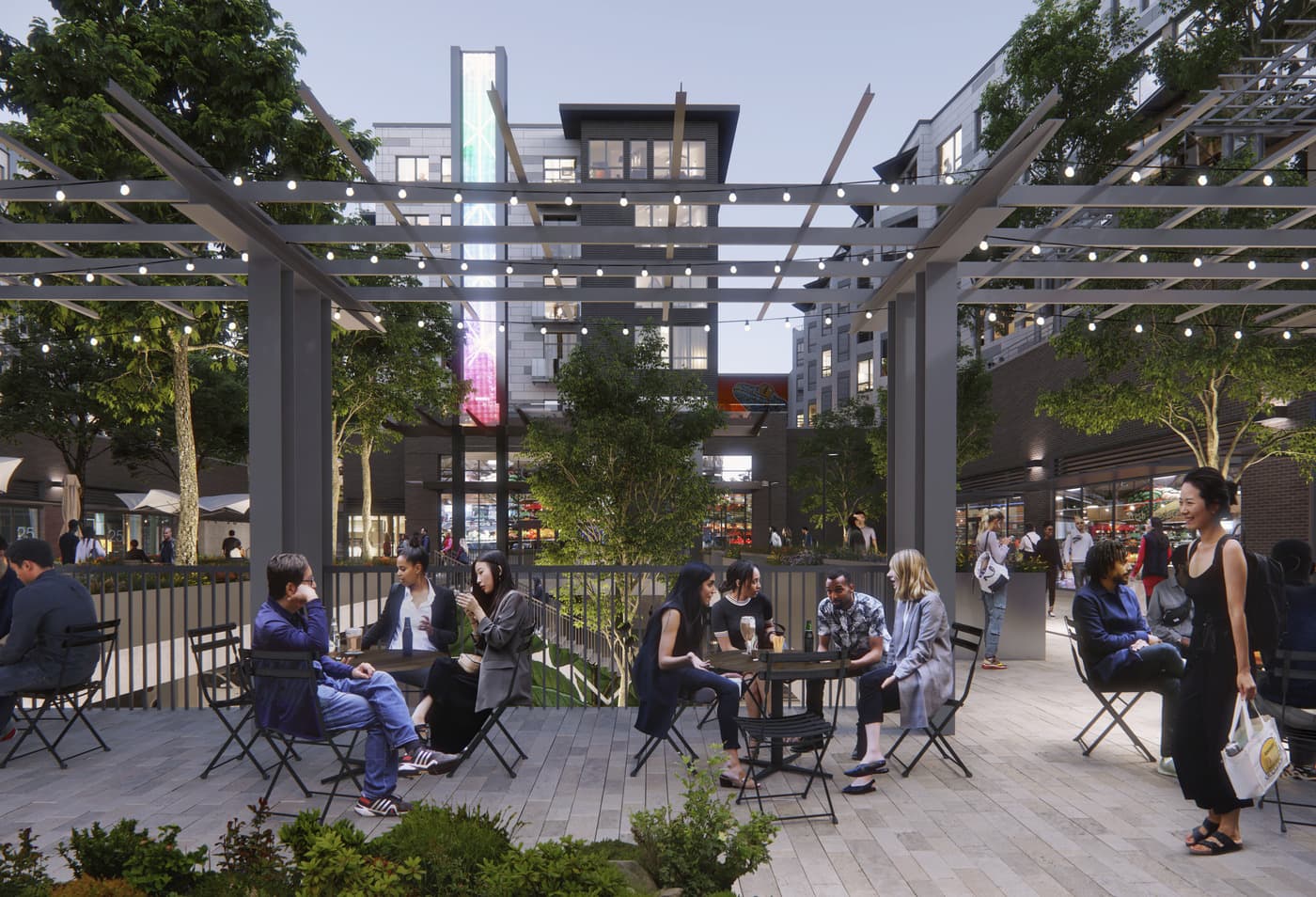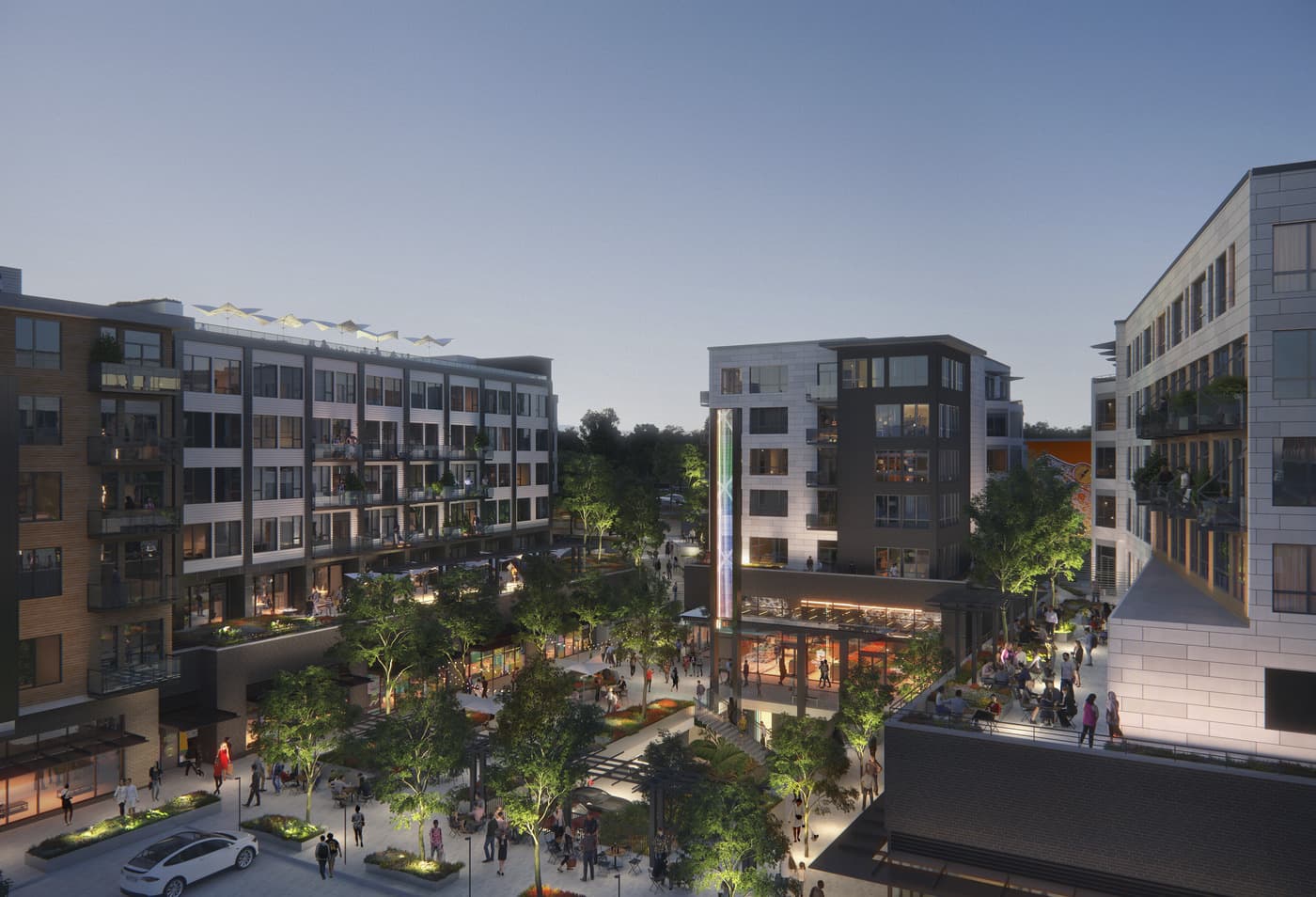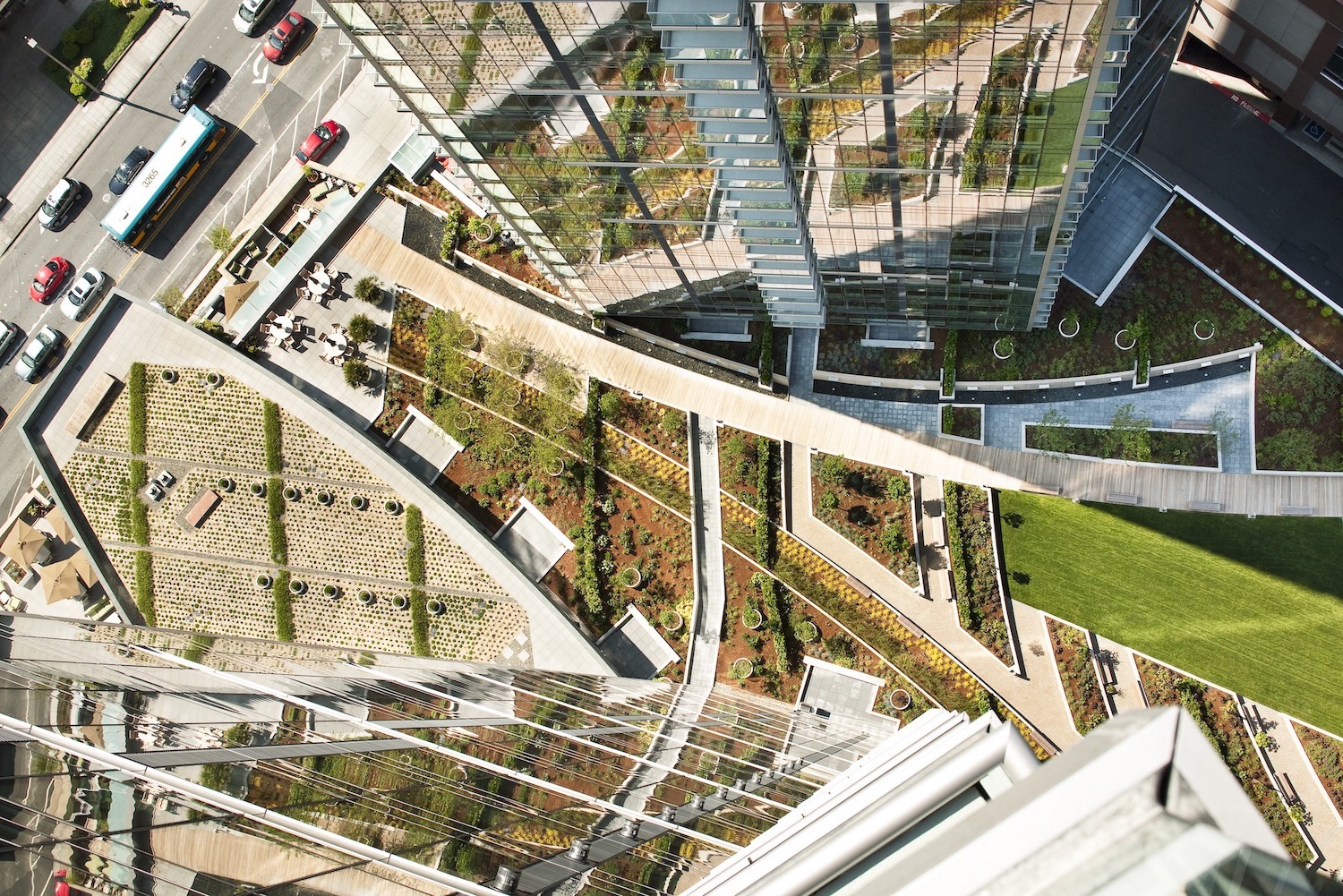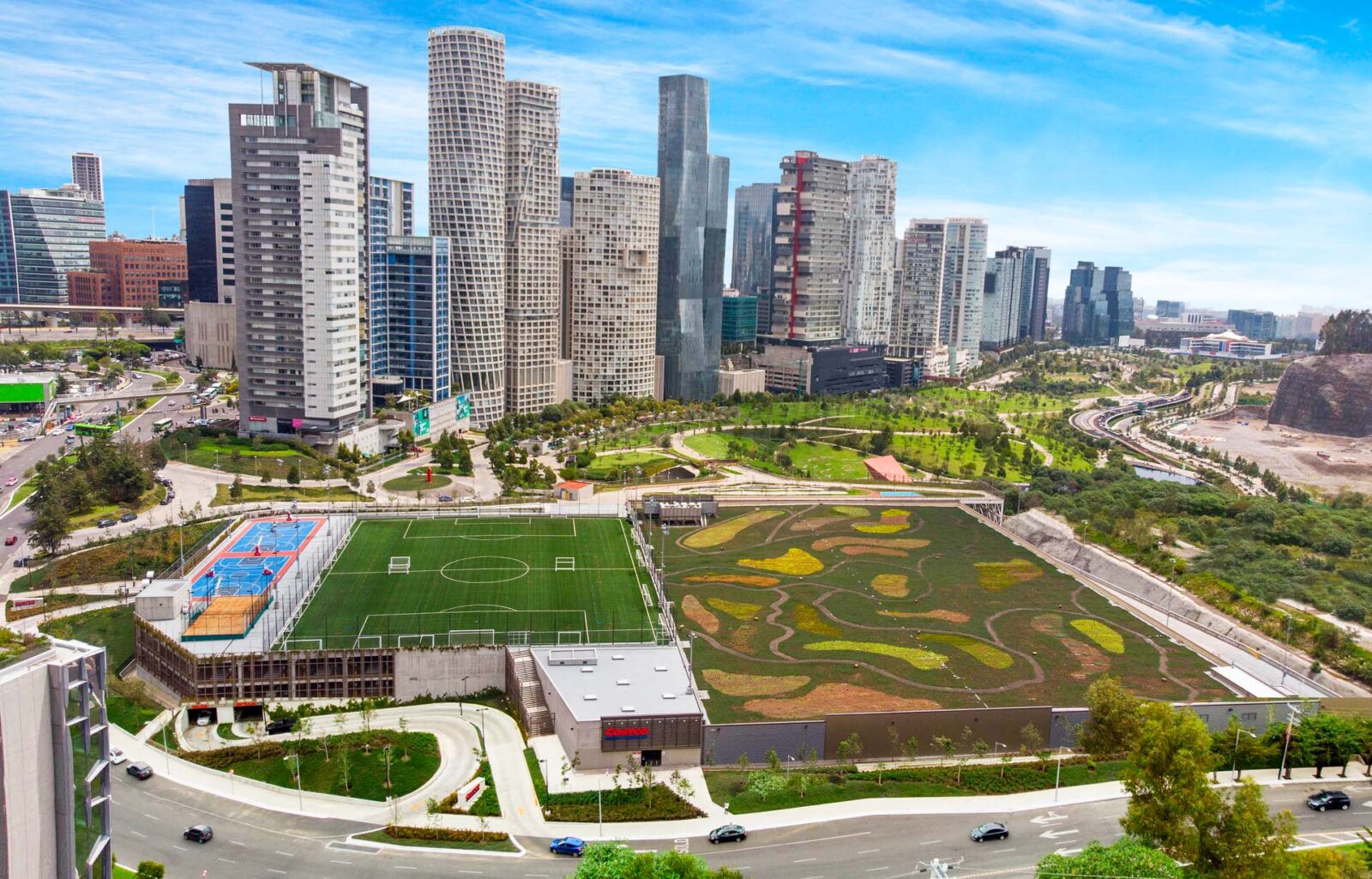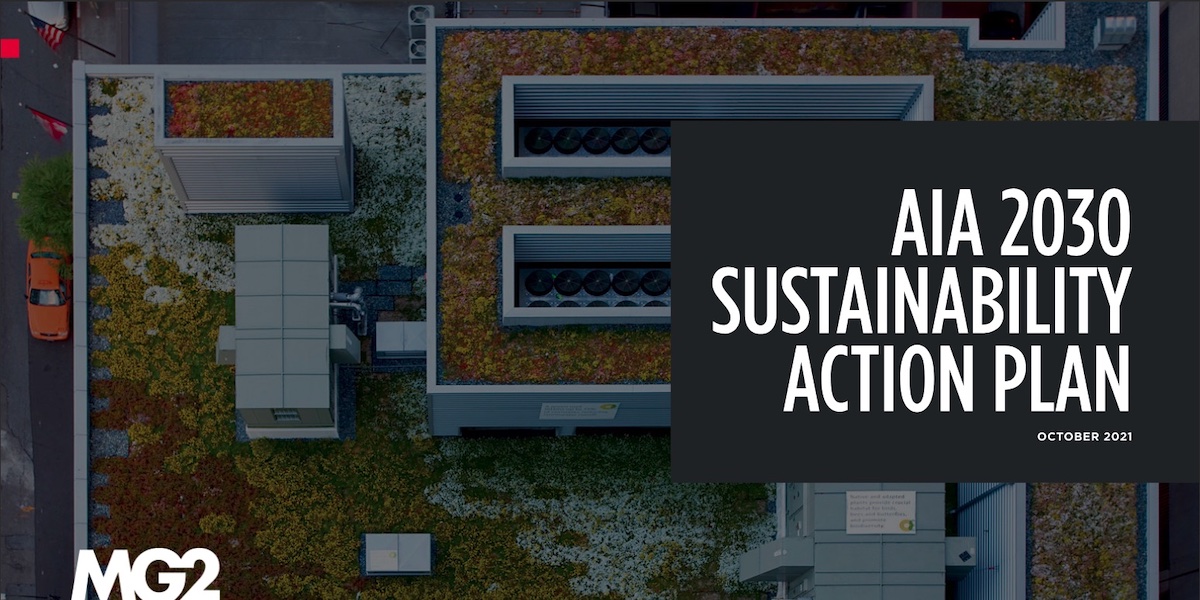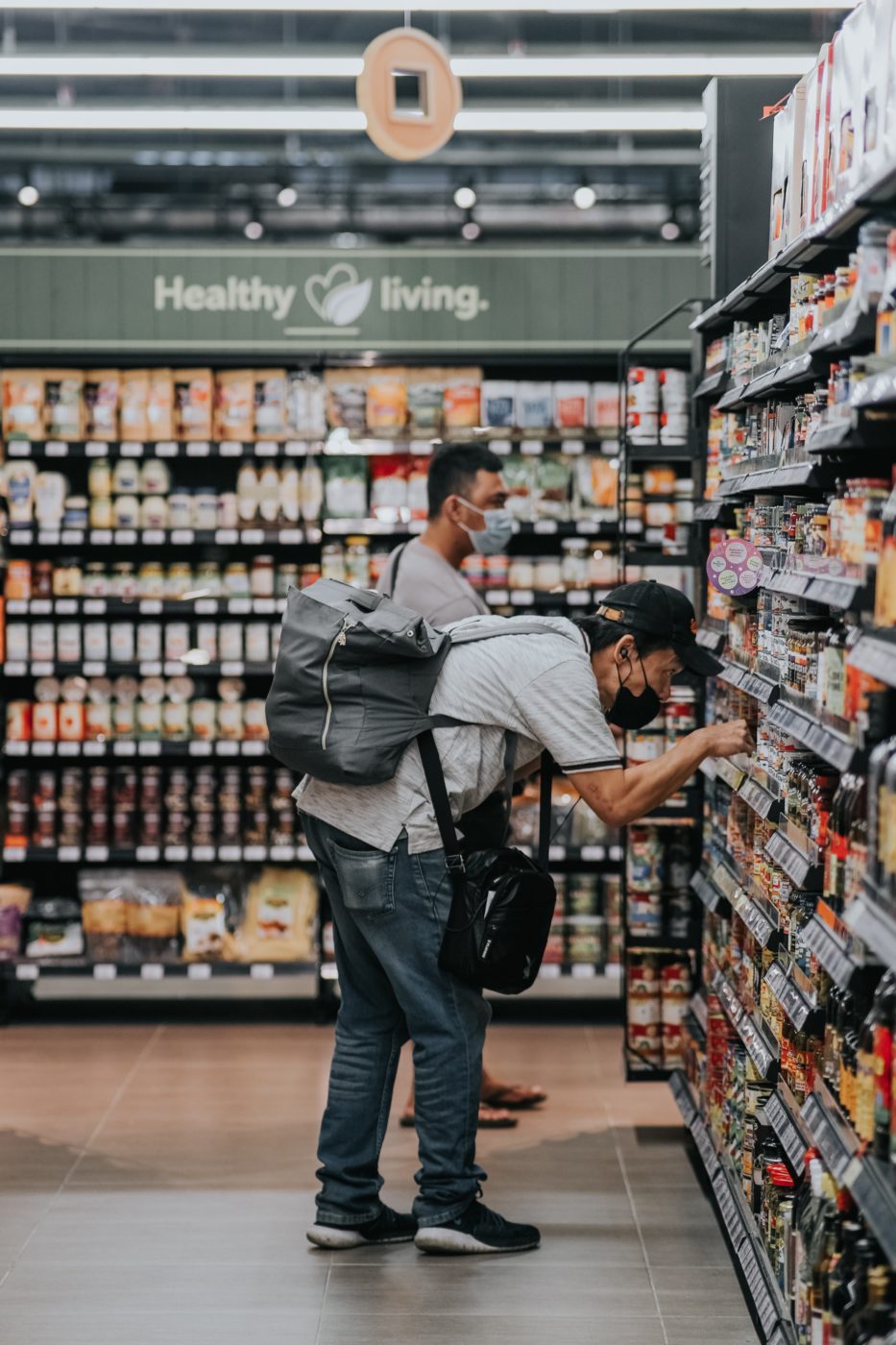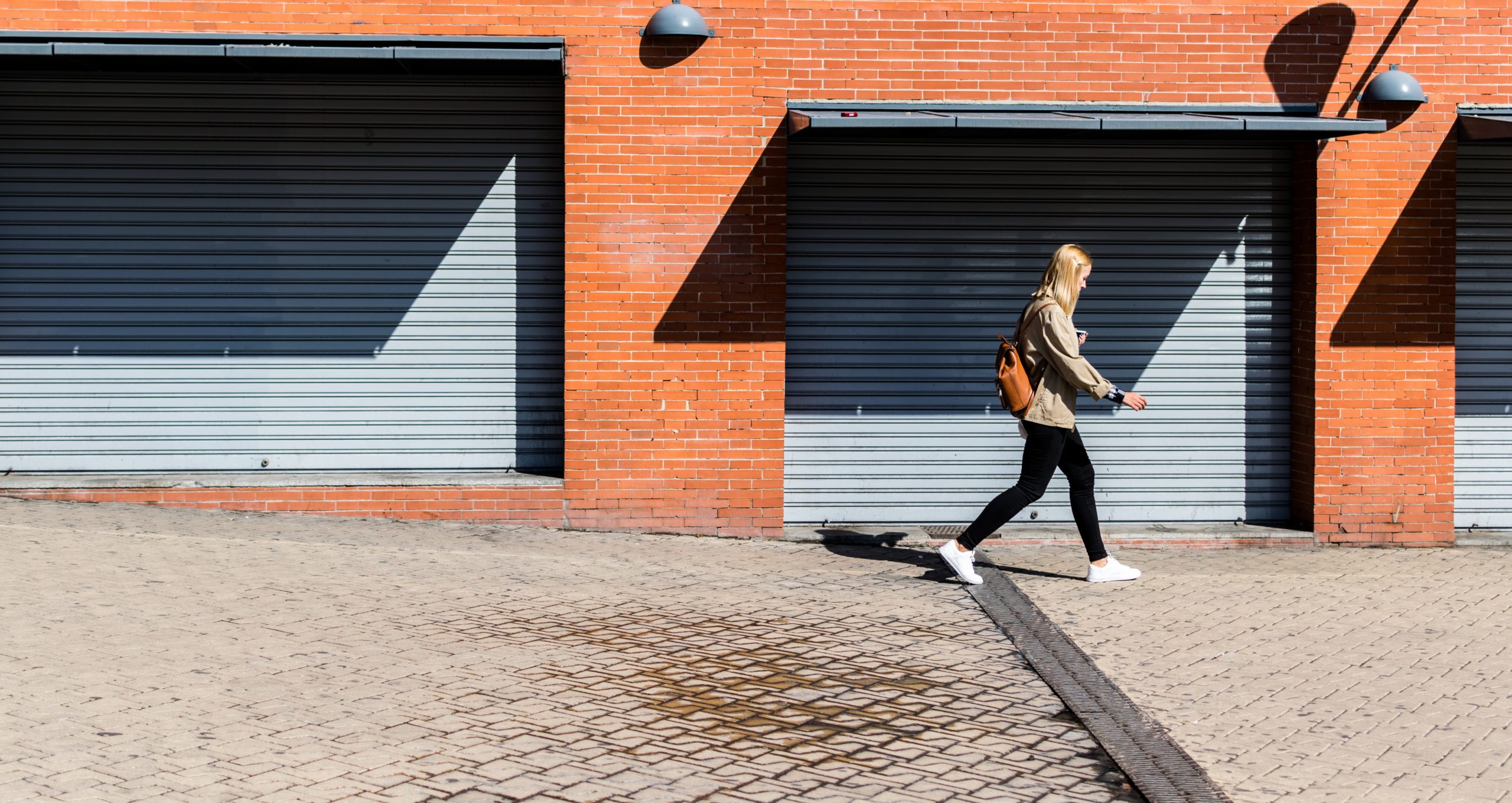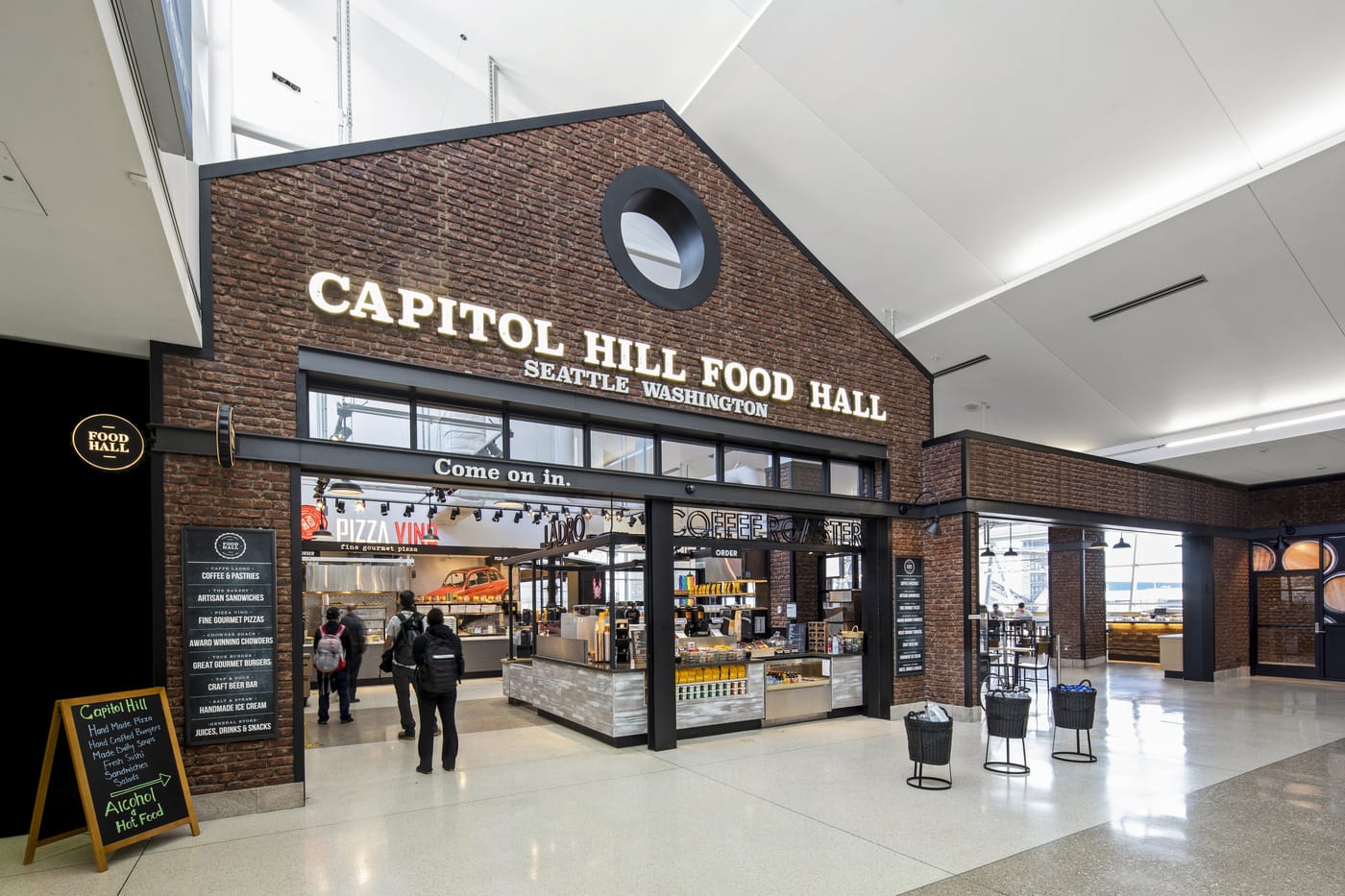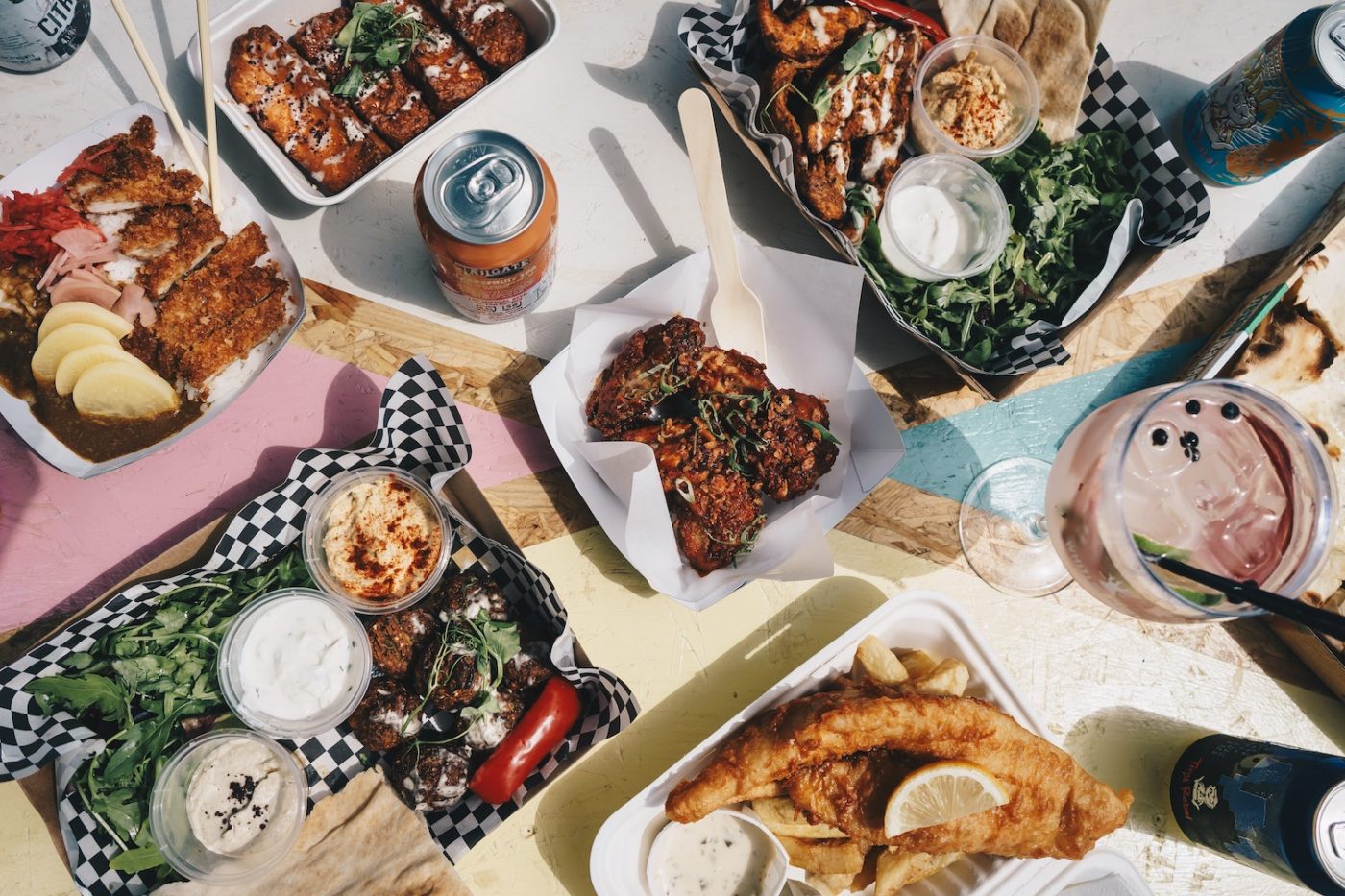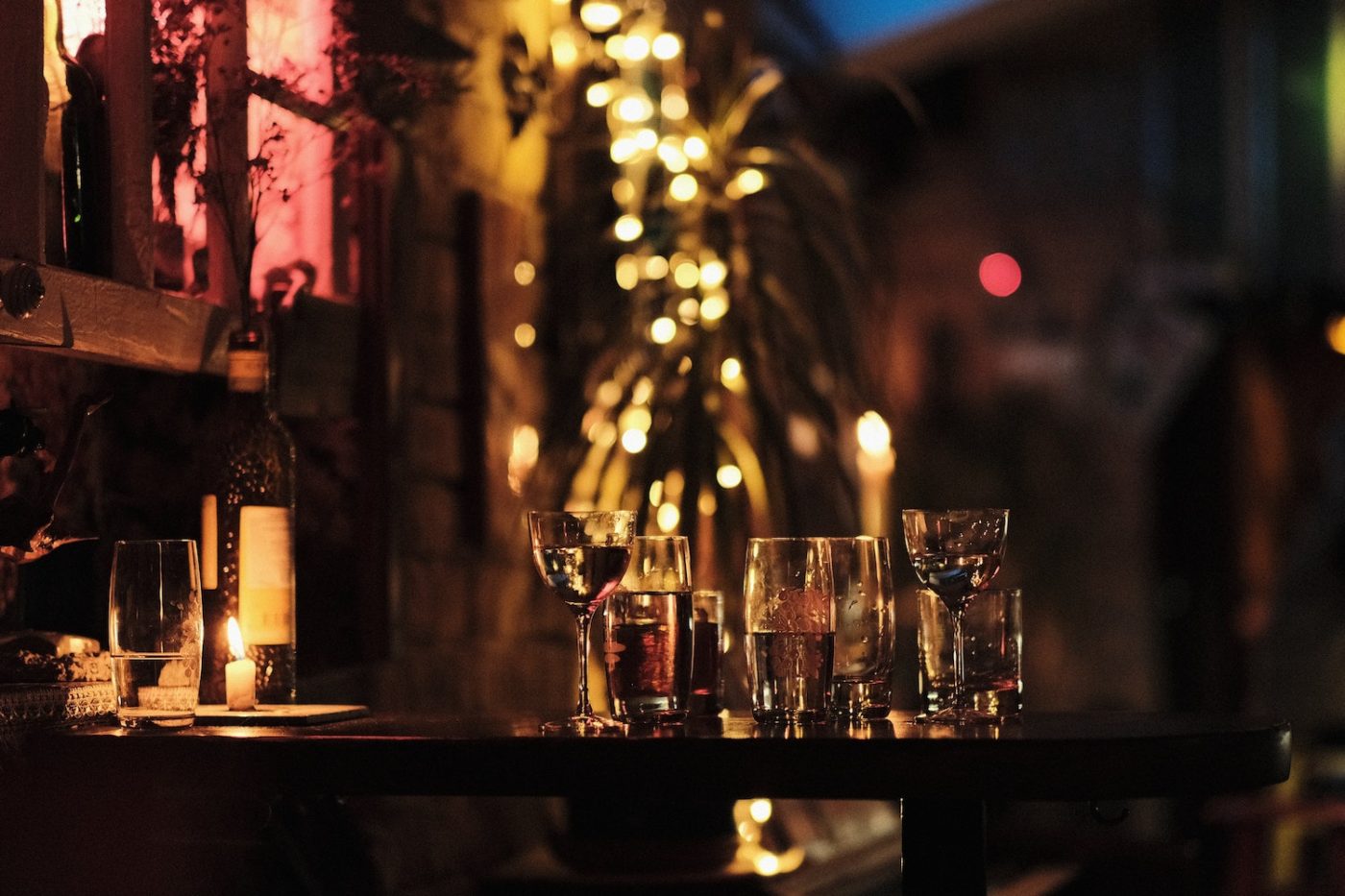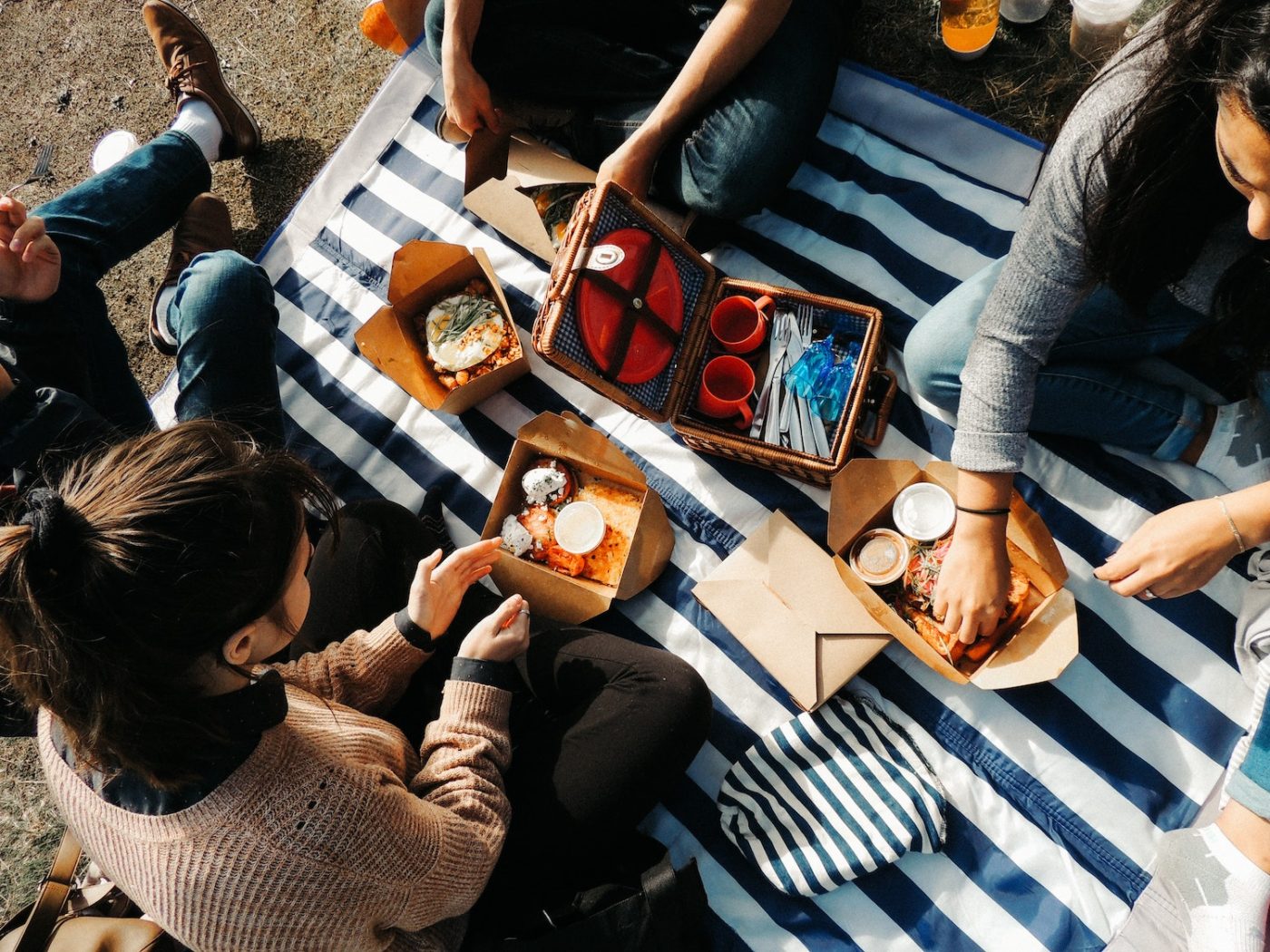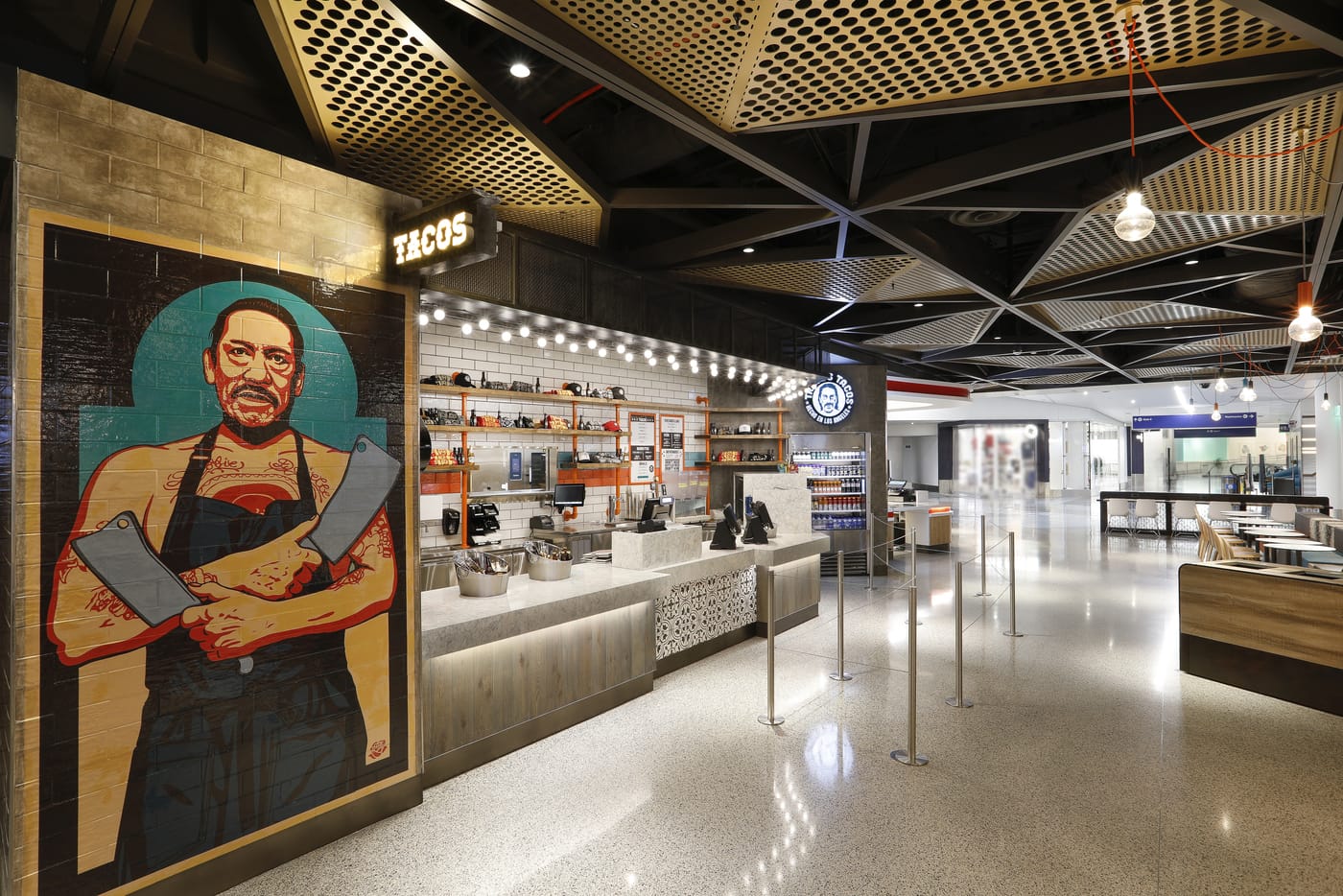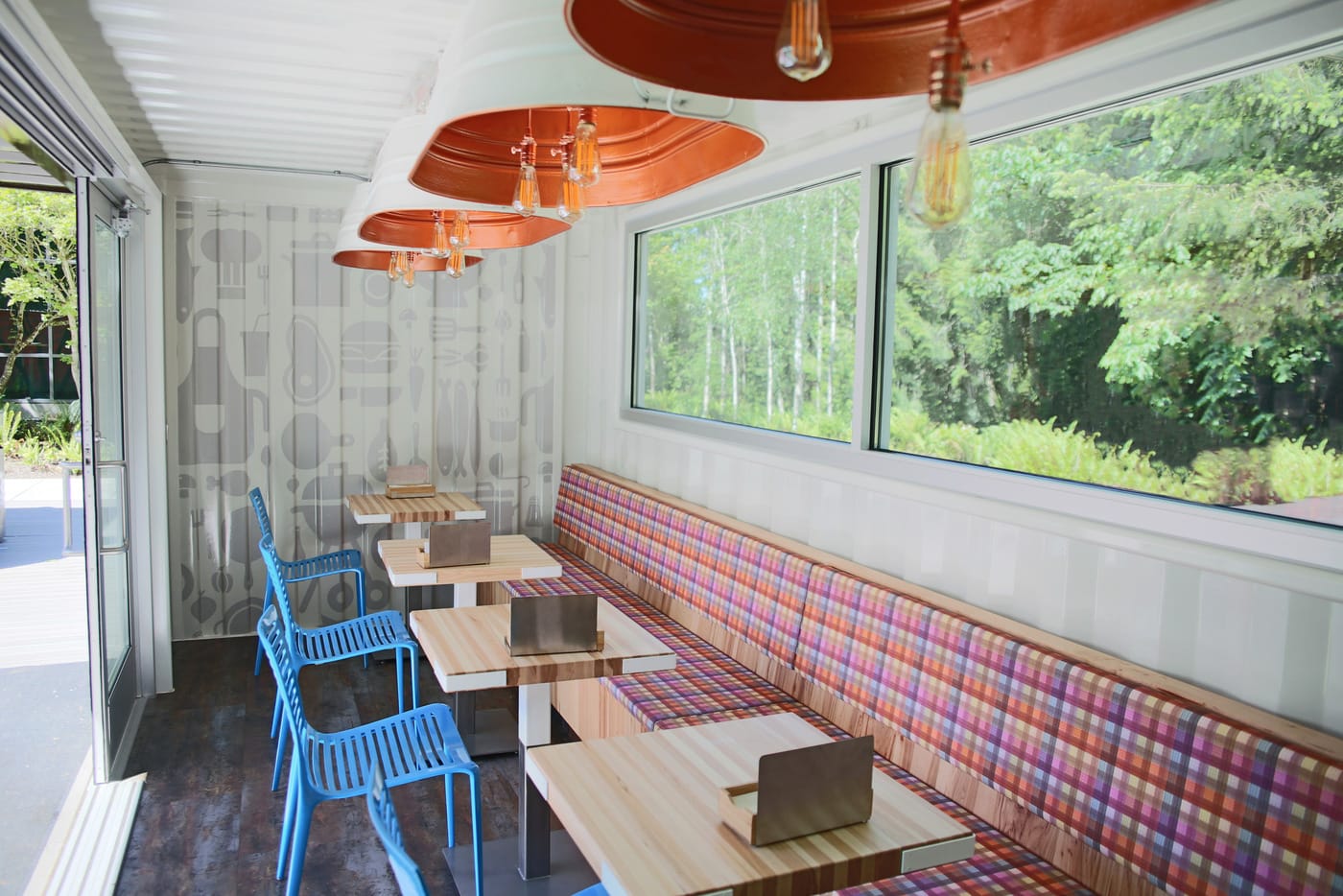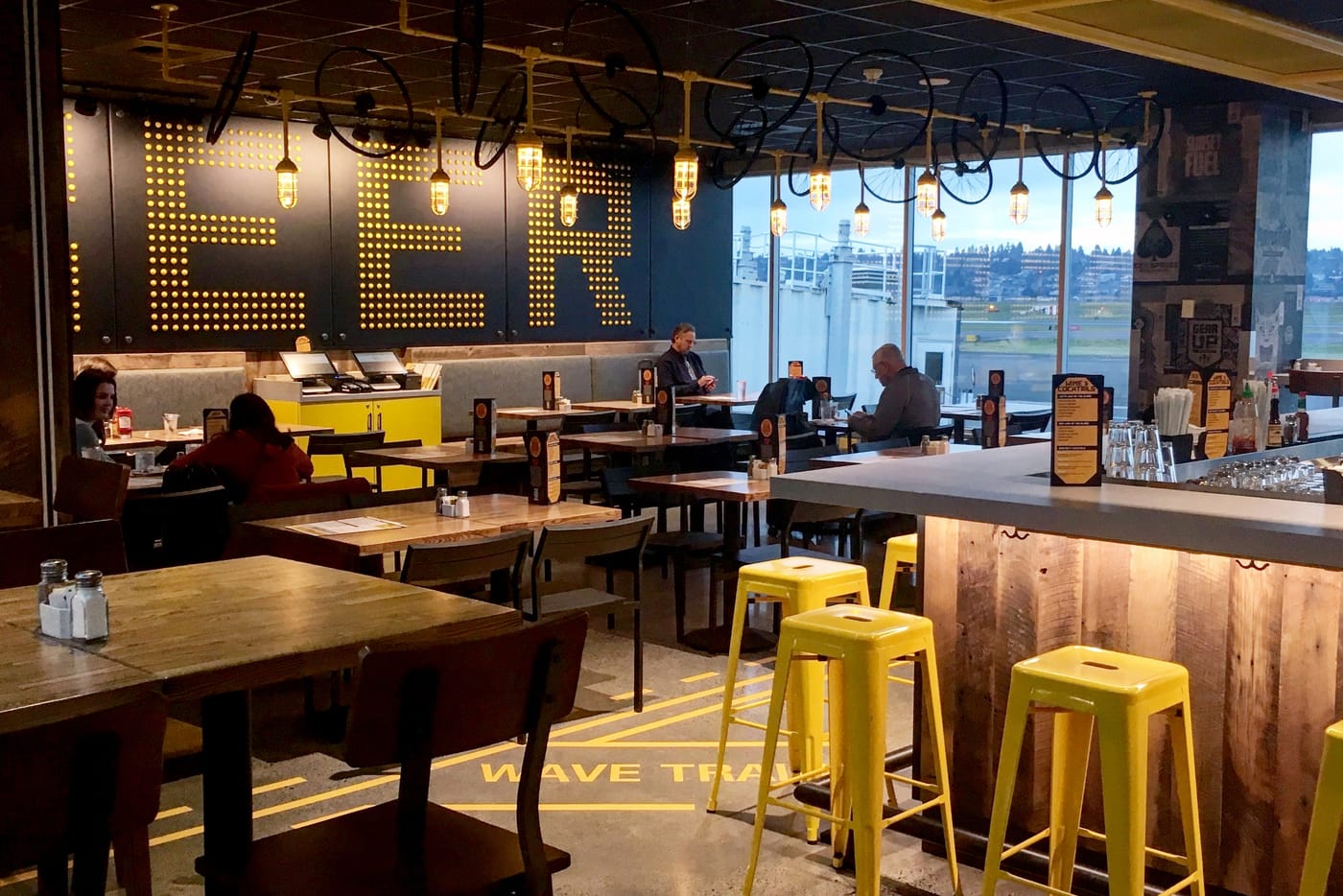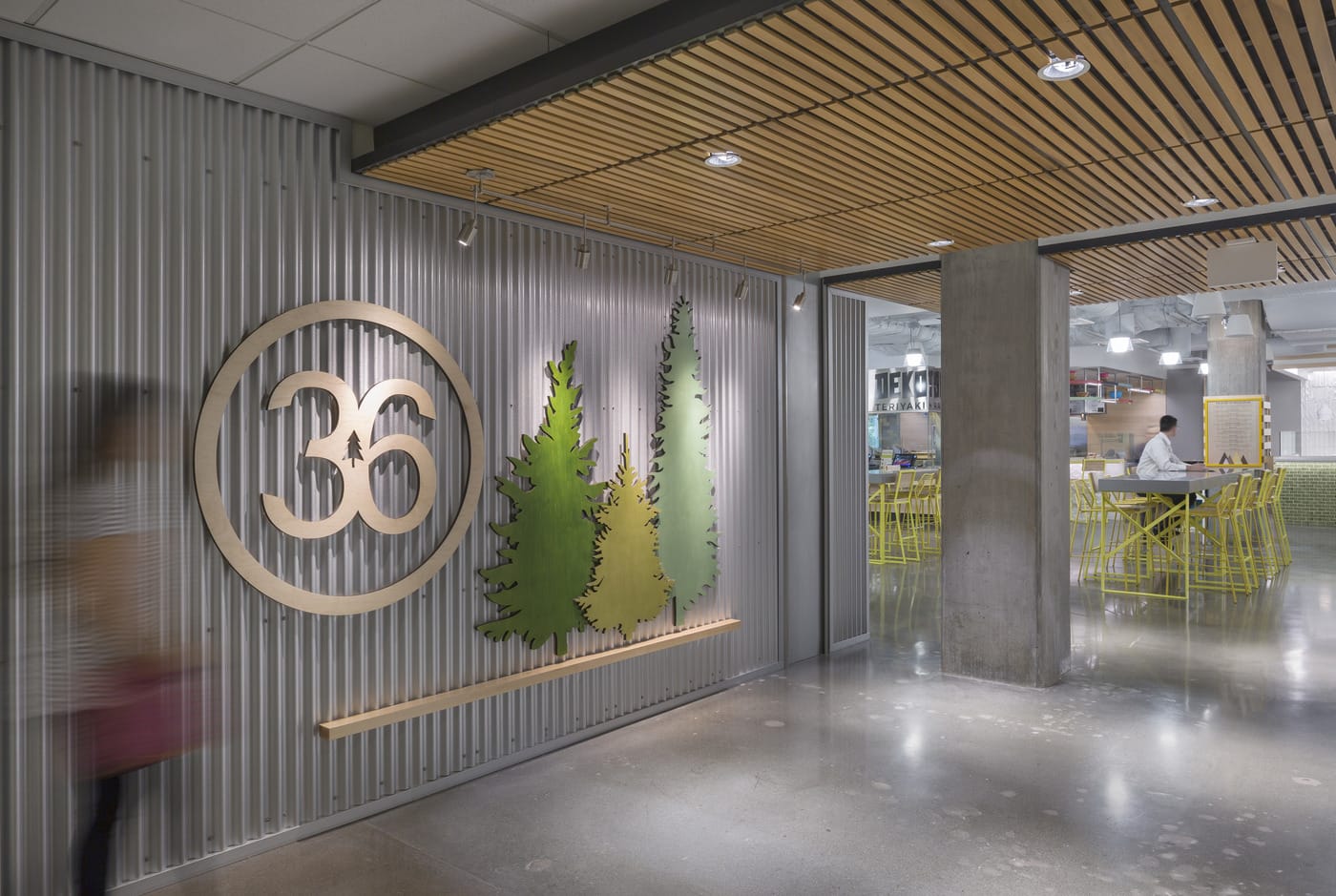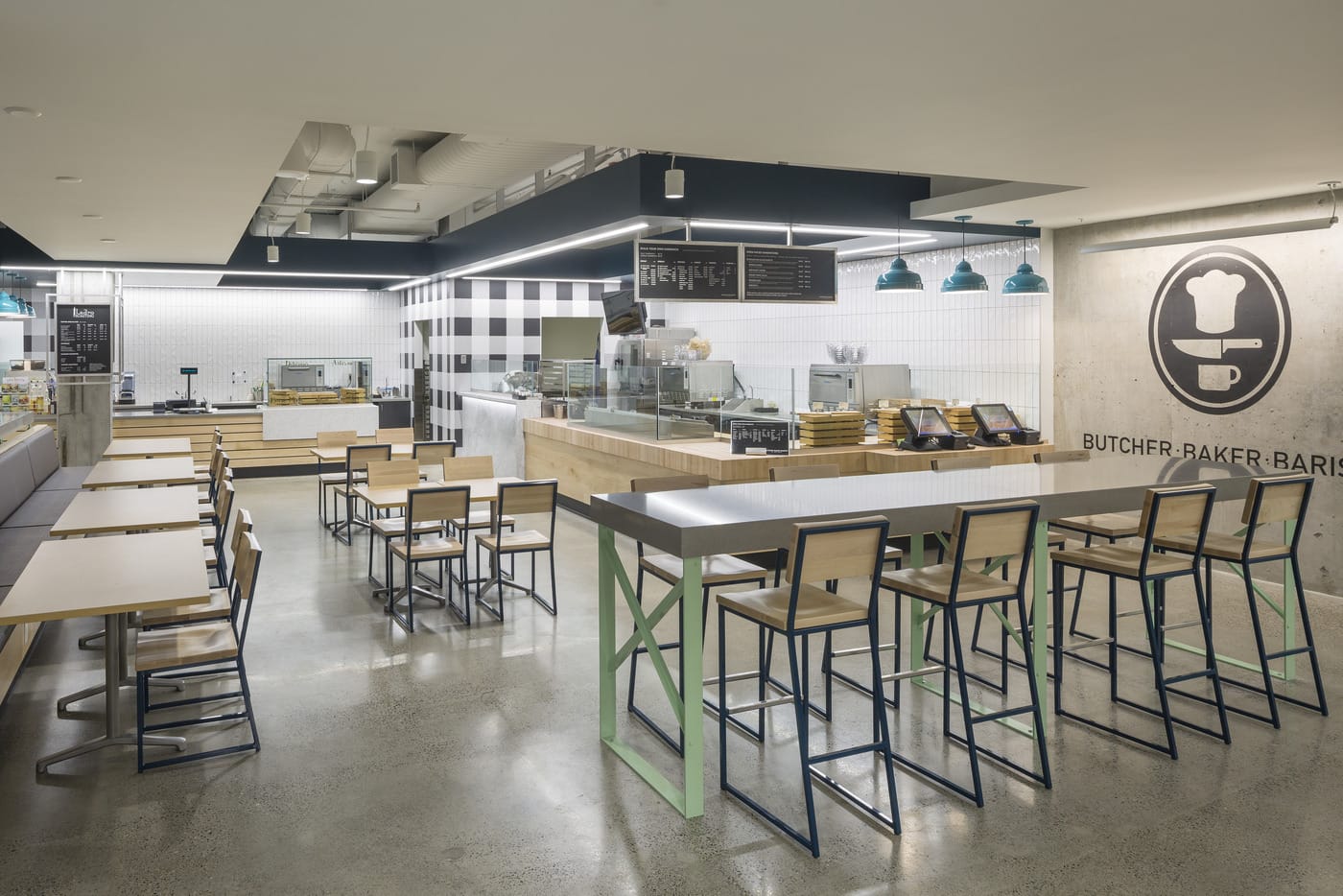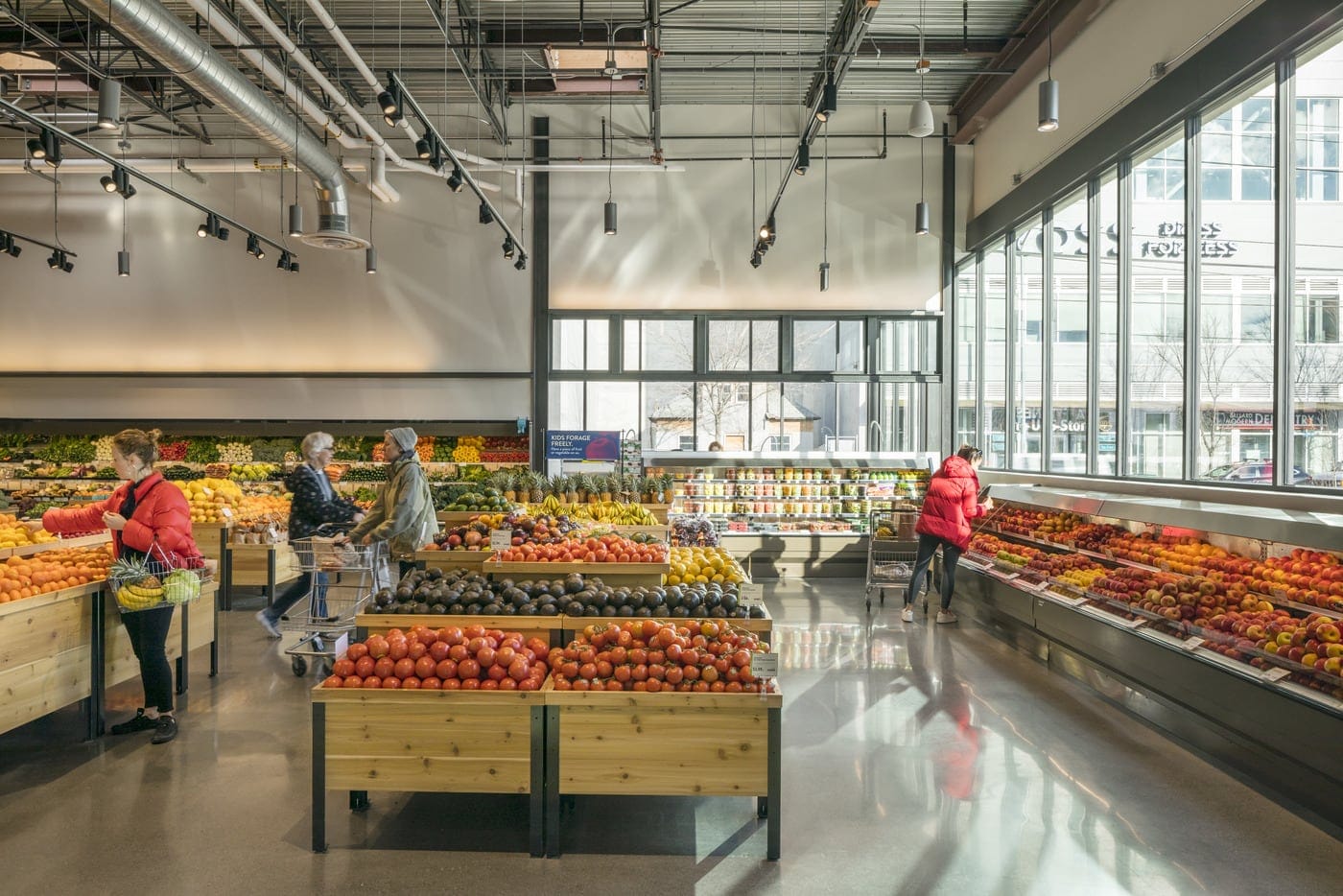Community Environments
Woods Restaurant

Woods Restaurant on Mackinac Island has been a beloved destination for guests and visitors for many years. The Tudor mansion was originally constructed in 1905 by the Cudahy family as an elaborate playhouse however, changing hands throughout the years brought various operations, from a recreation space, to a church, and to the currently treasured Bavarian themed restaurant.
To keep up with changing tastes and trends while honoring its strong legacy, the restaurant recently partnered with MG2 to renovate and refresh its interiors while maintaining the classic experience visitors know and love.
The project aimed to create a cohesive environment that blended old and new elements, highlighting the historic charm of the restaurant while updating it to meet modern standards and breathe new life into previously underutilized areas. To achieve these goals, the renovation team touched nearly every space within the restaurant, from Bobby’s Bar to The Patio at Woods.
A Brand-New Sanctuary
The entry lobby underwent a meaningful transformation, featuring new furnishings, a built-in bench, and a colored glass wall that perfectly complements the exterior surroundings and stained-glass windows of the main dining room. These elements create a unique and brand-new sanctuary that adds to the restaurant’s historic charm and character.

Personal Touches and Old-World Charm
Named after an award-winning show dog, Bobby’s Bar was refreshed and expanded, providing additional seating and a rejuvenated atmosphere for guests. Complimenting the photographs, awards, and memorabilia from Bobby’s life, which provide a touch of personalization to the space, the deep green tones of the area’s surrounding foliage have been artfully reimagined into a dimensional tile bar front. The original brass rails were expertly reworked into suspended brass liquor and glass storage, adding to an atmosphere steeped with vintage charisma.
Refreshed, Accessible Elegance
In the Great Hall, the fixtures, furnishings, and equipment were rejuvenated, while the restaurant’s “Bavarian hunting lodge” charm and personality were intricately maintained with historic patterned wallcovering and playful woodland animal details. The new additions create a luxurious atmosphere that complements the space’s high-vaulted ceilings and adds to the overall elegance of the dining experience.
To make the space more accessible, the restrooms were reconfigured and expanded to include ADA stalls, ensuring all guests can enjoy a dining experience at Woods without limitations.



Transformative New Dining Experiences
With its ample glass windows, The Chalet received a stunning addition in the form of a see-through two-sided fireplace that connects the interior dining experience to the outdoor deck extension and seamlessly blends both environments. In addition, the mix-and-match decor vignettes featuring taxidermy animal heads and vintage trophies add a unique touch that captures the room’s picturesque surroundings.
The Patio was expanded, and a new covered wood and glass dining pavilion was added to blend visually with the existing structure. The inviting fireplace dining table in the center of the pavilion creates a unique and cozy dining experience.
The Trophy Hall, previously an underused area, was transformed into a new dining area. The installation of built-in booths and millwork with metal mesh screens, as well as uplighting, helped add a warm ambiance and create a welcoming environment that offers guests prime views of the outdoor deck beyond.

A Harmonious Renovation
Throughout the renovation, the design team leveraged new or refinished interior fixtures, furnishings, and equipment that seamlessly blended with the restaurant’s rustic charm and modern elegance.
The result is a revitalized and harmonious environment that pays tribute to Woods storied past while catering to contemporary standards. The perfect blend of old and new elements produces an inviting, immersive, and refined atmosphere, sure to impress and delight guests and visitors to Mackinac Island for decades.
-
Project Details
- Mackinac Island, MI
- Davidson Hospitality Group
- Food & Beverage, Hospitality, Interiors
- 4,800 SF
- Architecture, Interior Design
- Adrian Wilson - Photography







